- 401.01 LSST Observatory and Science Opportunities [PDF]
Michael A. Strauss (Princeton Univ.), J. A. Tyson (Univ. of California), D. Sweeney LSST Corporation (LSST Corporation), Z. Ivezic (Univ. of Washington), S. M. Kahn (SLAC), S. H. Jacoby (LSST Corporation), R. L. Jones (Univ. of Washington), K. R. Covey (Harvard Univ.), A. Saha (NOAO), B. Willman (Haverford College), L. M. Walkowicz (Univ. of California), H. C. Ferguson (STScI), W. N. Brandt Pennsylvania State Univ.), W. M. Wood-Vasey (Univ. of Pittsburgh), P. Marshall (SLAC), H. Zhan (National Astronomical Observatories of China), B. Jain (Univ. of Pennsylvania), D. Wittman (Univ. of California)
- 401.02 The LSST: A System of Systems [PDF]
Chuck F. Claver (NOAO/LSST Corp.), G. P. Dubois-Felsmann (SLAC) , F. Delgado (NOAO/CTIO), P. Hascall (SLAC), D. Horn (SLAC), S. Marshall (SLAC), M. Nordby (SLAC), T. L. Schalk (SLAC), G. Schumacher (NOAO/CTIO), J. Sebag (NOAO), and the LSST Project Team
- 401.03 LSST: from Science Drivers to Data Products
Zeljko Ivezic (Univ. of Washington), T. Axelrod (LSST Corporation), D. Burke (SLAC), C. Claver (NOAO), A. Connolly (Univ. of Washington), K. Cook (LLNL), K. Gilmore (SLAC), L. Jones (Univ. of Washington), S. Kahn (SLAC), S. Lopez (Universidad de Chile, Chile), R. Lupton (Princeton Univ.), D. Monet (USNO), P. Pinto (Univ. of Arizona), A. Saha (NOAO), R. Scranton (Univ. of California), C. Smith (NOAO), M. Strauss (Princeton Univ.), C. Stubbs (Harvard Univ.), D. Sweeney (LSST Corporation), A. Szalay (Johns Hopkins Univ), J. A. Tyson (Univ. of California), S. Wolff (LSST Corporation), LSST Collaboration
- 401.04 LSST Education and Public Outreach
Suzanne H. Jacoby (LSST), T. Axelrod (LSST), K. D. Borne (George Mason Univ.), L. F. Fortson (Adler Planetarium), J. K. Olsen (Univ. of Arizona), M. J. Raddick (Johns Hopkins Univ.), D. M. Ratcliffe (Sky-Skan Inc. / Wichita State Univ.), S. C. Wolff (LSST)
- 401.05 LSST Operations Simulator
Victor Krabbendam (NOAO/LSST), S. Chandrasekharan (NOAO/LSST), K. H. Cook (Lawrence Livermore National Laboratory), Z. Ivezic (Univ. of Washington), R. L. Jones (Univ. of Washington), K. S. Krughoff (Univ. of Washington), M. Miller (NOAO/LSST), C. E. Petry (Univ. of Arizona), P. A. Pinto (Univ. of Arizona), S. T. Ridgway (NOAO), A. Saha (NOAO)
- 401.06 Simulating the LSST
Andrew J. Connolly (Univ. of Washington), J. R. Peterson (Purdue Univ.), J. G. Jernigan (SSL/UCB), R. Abel (Olympic College), J. Bankert (Purdue Univ.), C. Chang (Stanford Univ.), C. Claver (NOAO), R. Gibson (Univ. of Washington), K. Gilmore (SLAC), E. Grace (Purdue Univ.), L. Jones (Univ. of Washington), Z. Ivezic (Univ. of Washington), J. Jee (UC Davis), M. Juric (Center for Astrophysics), S. M. Kahn (SLAC), V. Krabbendam (NOAO), S. Krughoff (Univ. of Washington), S. Lorenz (Purdue Univ.), J. Pizagno (Univ. of Washington), A. Rasmussen (SLAC), N. Todd (Purdue Univ.), T. Tyson (UC Davis), M. Young (Purdue Univ.)
- 401.07 Inventorying the Solar System with LSST
R. Lynne Jones (Univ. of Washington), S. R. Chesley (JPL), P. A. Abell (PSI/NASA Johnson), M. E. Brown (CalTech), J. Durech (Charles Univ., Czech Republic), Y. R. Fernandez (Univ. of Central Florida), A. W. Harris (Space Science Institute), M. J. Holman (Center for Astrophysics), Z. Ivezic (Univ. of Washington), R. Jedicke (Institute for Astronomy), M. Kaasaleinen (Univ. of Helsinki, Finland), N. A. Kaib (Univ. of Washington), Z. Knevezic (Astronomical Observatory, Serbia), A. Milani (Univ. of Pisa, Italy), A. Parker (Univ. of Victoria, Canada), S. T. Ridgway (NOAO), D. E. Trilling (Northern Arizona University), B. Vrsnak (Hvar Observatory, Croatia), LSST Solar System Science Collaboration
- 401.08 Stellar Population Science with LSST
Kevin R. Covey (Cornell University), A. Saha (NOAO), T. C. Beers (Michigan State Univ.), J. J. Bochanski (MIT), P. Boeshaar (UC Davis), A. Burgasser (UC San Diego), P. Cargile (Vanderbilt Univ.), Y. Chu (Univ. of Illinois at Urbana-Champaign), C. Claver (NOAO), K. Cook (LLNL), S. Dhital (Vanderbilt Univ.), S. L. Hawley (Univ. of Washington), L. Hebb (Vanderbilt Univ.), T. J. Henry (Georgia State Univ.), E. Hilton (Univ. of Washington), J. B. Holberg (Univ. of Arizona), Z. Ivezic (Univ. of Washington), M. L. Juric (Harvard-Smithsonian Center for Astrophysics), S. Kafka (Carnegie Institution of Washington, Dept.of Terrestrial Magnetism), J. Kalirai (STScI), S. Lepine (AMNH), L. Macri (Texas A&M University), P. M. McGehee (IPAC), D. Monet (USNO), K. Olsen (NOAO), J. Pepper (Vanderbilt Univ.), A. Prsa (Villanova Univ.), A. Sarajedini (Univ. of Florida), N. Silvestri (Univ. of Washington), K. Stassun (Vanderbilt Univ.), P. Thorman (UC Davis), A. A. West (Boston Univ.), B. F. Williams (Univ. of Washington)
- 401.09 Eclipsing Binary Science with the Large Synoptic Survey Telescope
Joshua Pepper (Vanderbilt Univ.), K. Stassun (Vanderbilt Univ.), A. Prsa (Villanova Univ.)
- 401.10 Mapping Milky Way and Local Volume Structure With LSST
Beth Willman (Haverford College), J. J. Bochanski (MIT), J. S. Bullock (UC Irvine), R. de Jong (AIP), V. P. Debattista (Univ. of Central Lancashire, United Kingdom), D. Finkbeiner (Harvard Univ.), C. J. Grillmair (IPAC), T. J. Henry (Georgia State Univ.), Z. Ivezic (Univ. of Washington), K. V. Johnston (Columbia), M. Juric (Harvard-Smithsonian CfA), J. Kalirai (STScI), P. M. McGehee (IPAC), D. Minniti (PUC and Vatican Observatory, Chile), R. Roskar (Univ. of Washington), A. Sarajedini (Univ. of Florida), J. D. Simon (OCIW), J. Strader (Harvard-Smithsonian CfA), M. A. Strauss (Princeton Univ.)
- 401.11 Galaxy Evolution with LSST
Jennifer M. Lotz (NOAO), H. C. Ferguson (STScI), L. Armus (Spitzer Science Center), L. F. Barrientos (Pontificia Universidad Catolica de Chile, Chile), J. G. Bartlett (Universite Paris Diderot, France), M. Blanton (NYU), K. D. Borne (George Mason Univ.), C. R. Bridge (CalTech), M. Dickinson (NOAO), H. Francke (Pontificia Universidad Catolica de Chile, Chile), G. Galaz (Pontificia Universidad Catolica de Chile, Chile), E. Gawiser (Rutgers Univ.), K. Gilmore (SLAC National Accelerator Laboratory), R. H. Lupton (Princeton Univ.), J. A. Newman (Univ. of Pittsburgh), N. D. Padilla (Pontificia Universidad Catolica de Chile, Chile), B. E. Robertson (CalTech), R. Roskar (Univ. of Washington), A. Stanford (UC Davis), R. H. Wechsler (Stanford Univ.)
- 401.12 Photometric Redshift Performance of LSST
Samuel Schmidt (Univ. of California, Davis), J. A. Newman (Univ. of Pittsburgh), A. J. Connolly (Univ. of Washington), Z. Ivezic (Univ. of Washington), J. A. Tyson (Univ. of California, Davis), D. J. Matthews (Univ. of Pittsburgh), LSST Collaboration
- 401.13 LSST Cosmological Probes
Ryan Scranton (Univ. of California-Davis), W. Barkhouse (UND), J. G. Bartlett (U. Paris Diderot, France), A. Cooray (Univ. of California-Irvine), S. Fromenteau (U. Paris Diderot, France), E. Gawiser (Rutgers), S. Habib (LANL), A. Heavens (IfA-Edinburgh, United Kingdom), L. Infante (P. Universidad Catolica de Chile, Chile), C. Miller (Univ. of Michigan), J. Newman (Univ. of Pittsburgh), J. A. Tyson (Univ. of California-Davis), L. Verde (UAB, Spain), R. Wechsler (Stanford Univ), H. Zhan (NAO-CAS, China)
- 401.14 Probing Dark Energy with Weak Lensing: Ground versus Space
M. James Jee (UC Davis), J. A. Tyson (UC Davis), Z. Ivezic (Univ. of Washington), D. Wittman (UC Davis)
- 401.15 Strong Gravitational Lensing with LSST
Philip J. Marshall (Stanford Univ.), M. Bradac (Univ. of California, Davis), G. Chartas (Pennsylvania State Univ.), G. Dobler (Univ. of California), A. Eliasdottir (Princeton Univ.), E. Falco (Harvard Smithsonian Center for Astrophysics), C. D. Fassnacht (Univ. of California, Davis), M. J. Jee (Univ. of California, Davis), C. R. Keeton (Rutgers Univ.), M. Oguri (National Astronomical Observatory of Japan), J. A. Tyson (Univ. of California, Davis), LSST Strong Lensing Science Collaboration
- 401.16 AGN Science with the LSST
Gordon T. Richards (Drexel Univ.), S. F. Anderson (Univ. of Washington), D. R. Ballantyne (Georgia Tech), A. J. Barth (UC Irvine), W. N. Brandt (Penn State), R. J. Brunner (UIUC), G. Chartas (College of Charleston), P. Coppi (Yale), W. de Vries (LLNL), M. Eracleous (Penn State), X. Fan (Univ. of Arizona), R. R. Gibson (Univ. of Washington), A. G. Gray (Georgia Tech), R. F. Green (LBTO), M. Lacy (Spitzer Science Center), P. Lira (Universidad de Chile, Chile), G. M. Madejski (SLAC), J. A. Newman (Univ. of Pittsburgh), D. P. Schneider (Penn State), O. Shemmer (Univ. of North Texas), H. Smith (CfA), M. A. Strauss (Princeton), E. Treister (IfA, Hawaii), D. E. Vanden Berk (St. Vincent College)
- 401.17 Exploring the Transient and Variable Universe with LSST
Lucianne M. Walkowicz (UC Berkeley), J. Bloom (UC Berkeley), K. Cook (LLNL), C. Fryer (LANL), E. Hilton (Univ. of Washington), A. Mahabal (Caltech), P. Wozniak (LANL) and the LSST Transients and Variable Stars Working Group
- 401.18 Investigation of LSST RR Lyrae Lightcurve Recovery
Hakeem Oluseyi (Florida Institute of Technology, Alabama A&M Univ.), I. J. Allison (Alabama A&M Univ), A. Becker (Univ. of Washington), C. S. Culliton (Florida Institute of Technology), M. Furqan (Florida Institute of Technology), K. Hoadley (Florida Institute of Technology)
- 401.19 Calibration of LSST Instrument and Data
James G. Bartlett (Jet Propulsion Laboratory, CalTech & APC Univ. Paris 7), G. Bazin (APC Univ. Paris 7), M. Creze (APC Paris, France), C. Portello-Roucelle (APC Paris, France), T. Axelrod (Steward/LSSTC), D. Burke (SLAC), D. Cinabro (WSU), C. Claver (NOAO), C. Cramer (Harvard Univ.), J. Frank (BNL), D. Gilmore (SLAC), J. Haggerty (BNL), Z. Ivezic (UW), L. Jones (UW), V. Krabbendam (NOAO), B. Meadows (U. Cinicinnati), D. Monet (USNO), P. O'Conner (BNL), J. Oliver (Harvard Univ.), B. Popescu (U. Cinicinnati), A. Saha (NOAO), A. Smith (ASPU), C. Smith (NOAO), C. Stubbs (Harvard Univ.), J.A. Tyson (UCD)
- 401.20 White Dwarf Stars as LSST Calibrators
Melissa Butner (Austin Peay State Univ.), J. Smith (Austin Peay State Univ.), D. L. Burke (SLAC), LSST Calibration Team
- 401.21 The Camera for LSST and its Focal Plane Array
Andrew Rasmussen (SLAC), K. Gilmore (SLAC), S. M. Kahn (SLAC), J. Geary (Harvard College Observatory), S. Marshall (SLAC), M. Nordby (SLAC), P. O'Connor (BNL), S. Olivier (LLNL), J. Oliver (Harvard Univ.), V. Radeka (BNL), T. Schalk (UC Santa Cruz), R. Schindler (SLAC), J.A. Tyson (UC Davis), R. Van Berg (Univ. of Pennsylvania), LSST Camera Team
- 401.22 LSST Telescope and Optics Status
William Gressler (NOAO), V. L. Krabbendam (NOAO), J. R. Andrew (NOAO), J. D. Barr (NOAO), J. DeVries (NOAO), E. Hileman (NOAO), M. Liang (NOAO), D. R. Neill (NOAO), J. Sebag (NOAO), C. Stubbs (Harvard Univ.), O. Wiecha (NOAO), LSST Collaboration
- 401.23 Data Management R&D for the LSST Project
Gregory P. Dubois-Felsmann (SLAC), T. Axelrod (Steward Observatory/LSSTC), A. Becker (Univ. of Washington), J. Becla (SLAC), D. Burke (SLAC), A. Connolly (Univ. of Washington), R. Cutri (IPAC), S. Dodd (IPAC), M. Freemon (NCSA), Z. Ivezic (Univ. of Washington), J. Kantor (LSSTC), D. Levine (IPAC), K. T. Lim (SLAC), R. Lupton (Princeton Univ.), D. Monet (U.S. Naval Observatory), R. Owen (Univ. of Washington), R. Plante (NCSA), J. A. Tyson (Univ. Of California, Davis), D. Wittman (Univ. Of California, Davis)
- 401.24 The Spectrum of LSST Data Analysis Challenges: Kiloscale to Petascale
Thomas J. Loredo (Cornell University), G. J. Babu (Penn State University), K. D. Borne (George Mason University), E. D. Feigelson (Penn State University), A. G. Gray (Georgia Institute of Technology), LSST Informatics and Statistics Science Collaboration
- 401.25 Accelerating LSST Source Catalog Simulations with Graphics Processing Units
Mario Juric (Harvard Univ., Hubble Fellow), K. Cosic (Univ. of Split, Croatia), D. Vinkovic (Univ. of Split, Croatia), Z. Ivezic (Univ. of Washington)


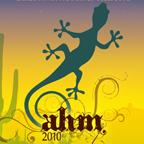
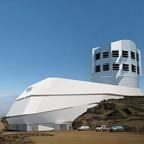

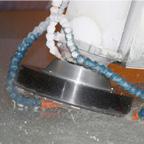
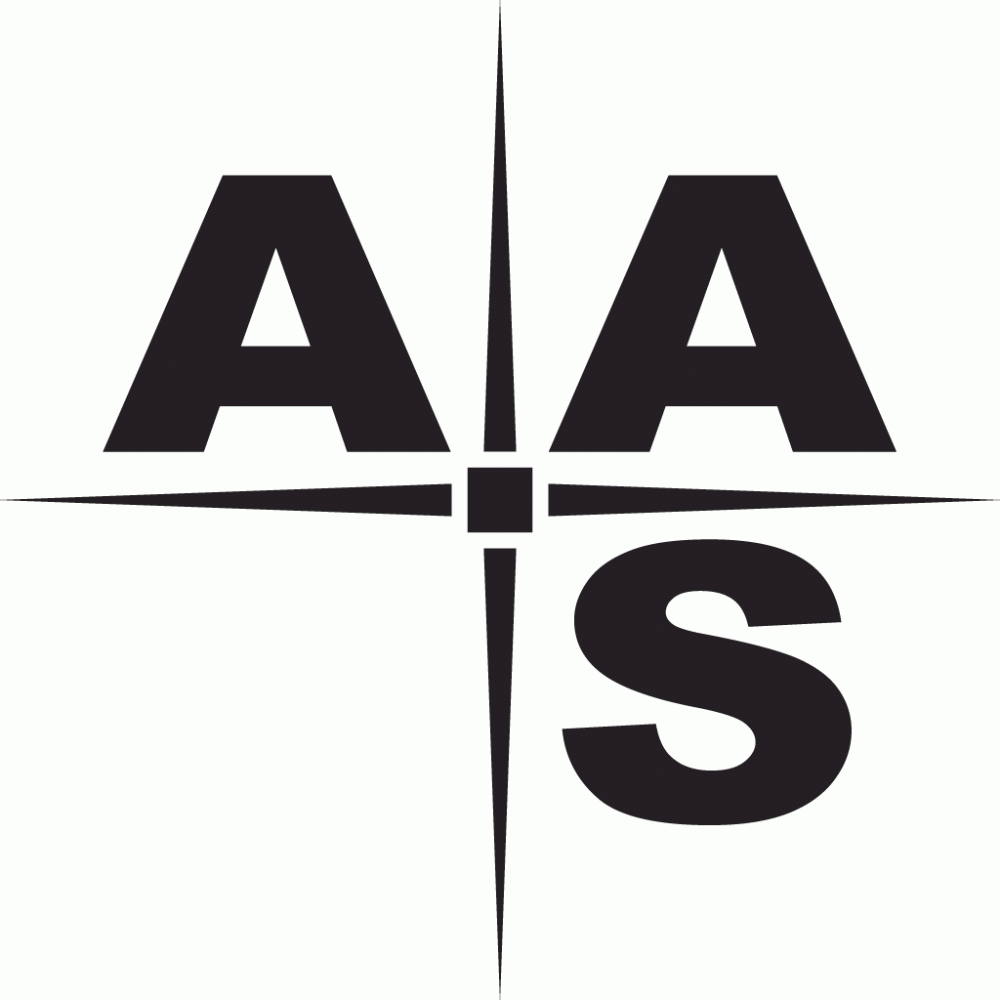
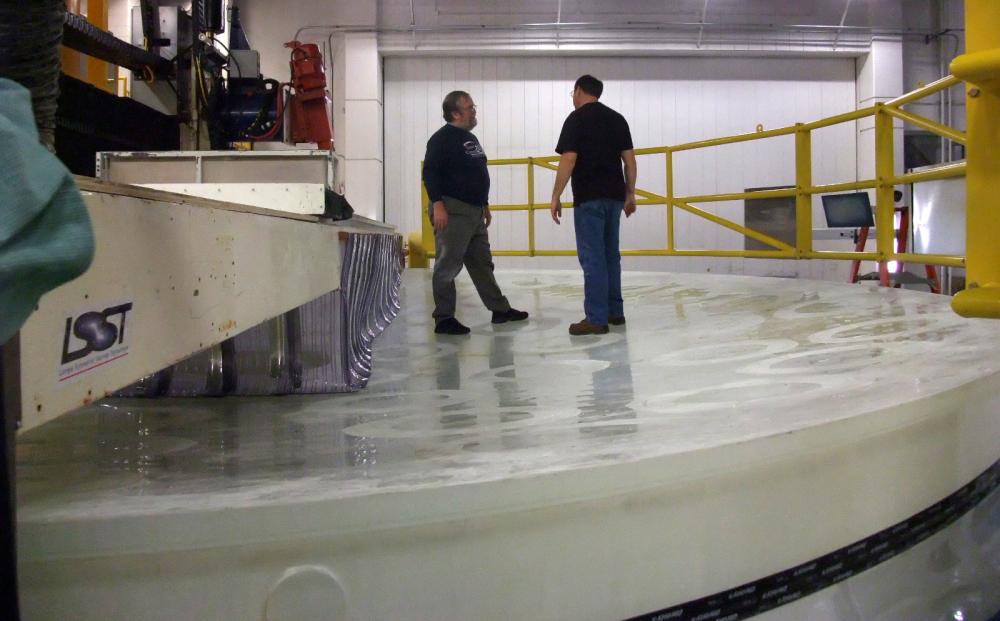
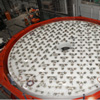
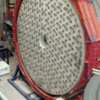
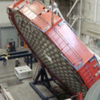
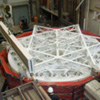
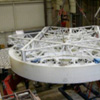
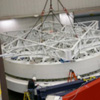
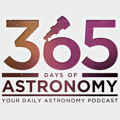
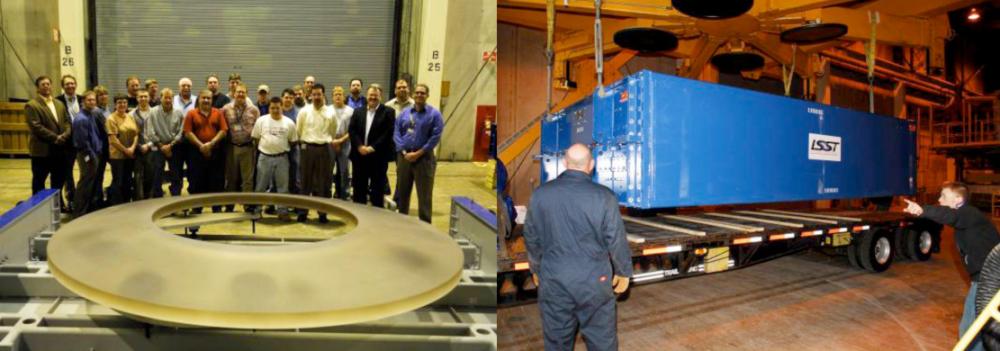



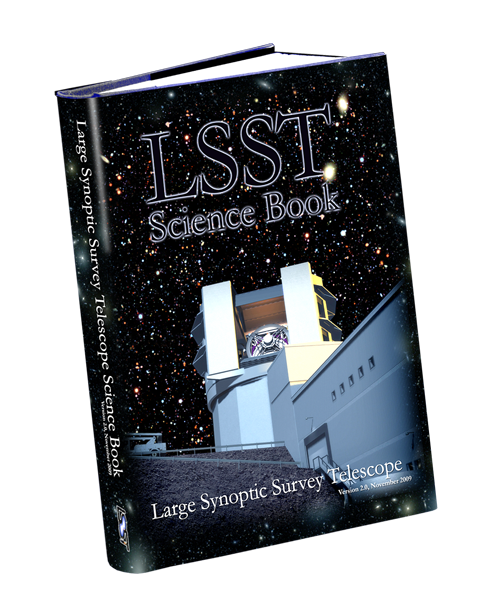 A survey that can cover the sky in optical bands over wide fields to faint magnitudes with a fast cadence will enable many of the exciting science opportunities of the next decade. The Large Synoptic Survey Telescope (LSST) will have an effective aperture of 6.7 meters and an imaging camera with field of view of 9.6 square degrees, and will be devoted to a ten-year imaging survey over 20,000 square degrees south of +15 deg.
A survey that can cover the sky in optical bands over wide fields to faint magnitudes with a fast cadence will enable many of the exciting science opportunities of the next decade. The Large Synoptic Survey Telescope (LSST) will have an effective aperture of 6.7 meters and an imaging camera with field of view of 9.6 square degrees, and will be devoted to a ten-year imaging survey over 20,000 square degrees south of +15 deg.